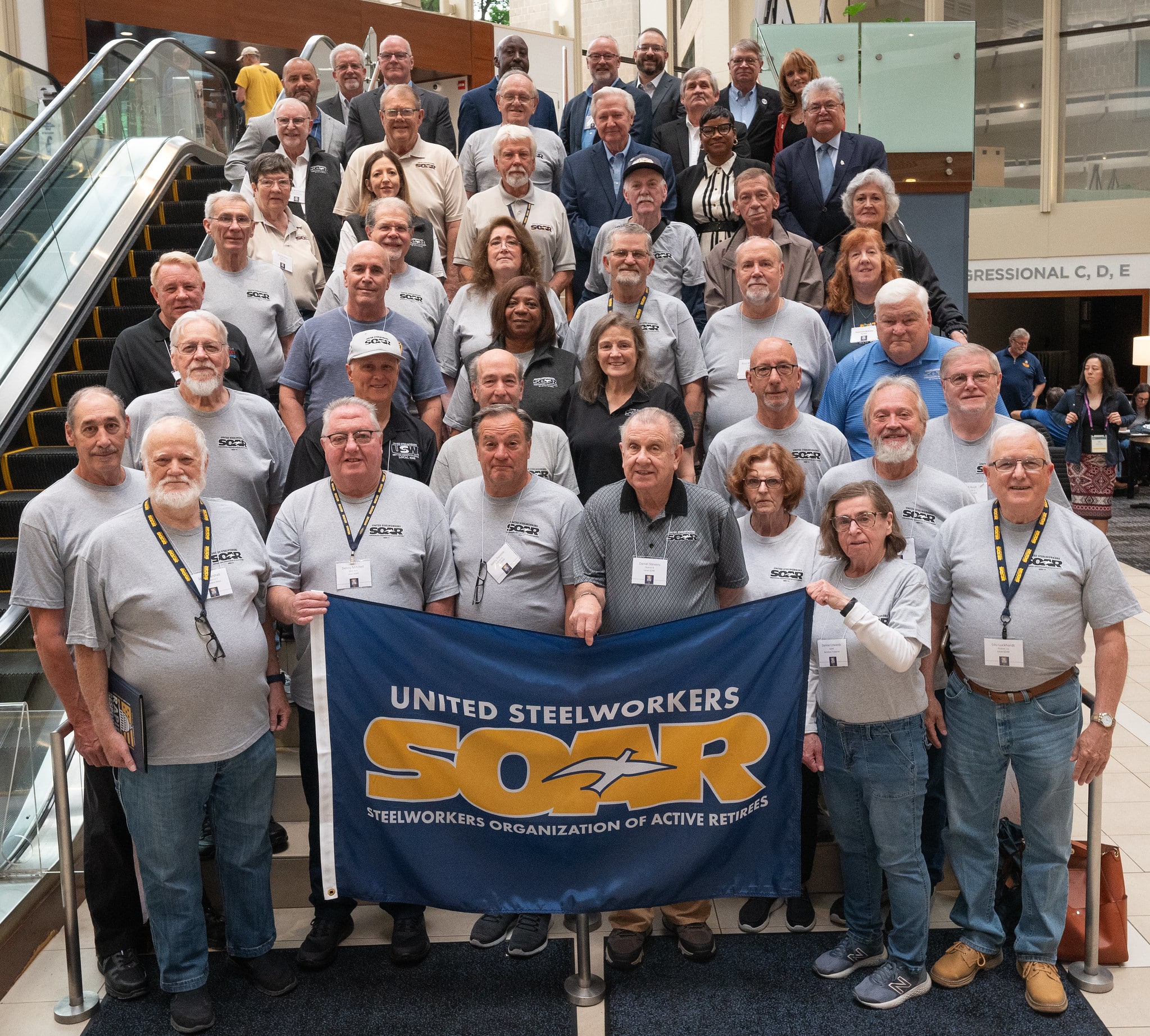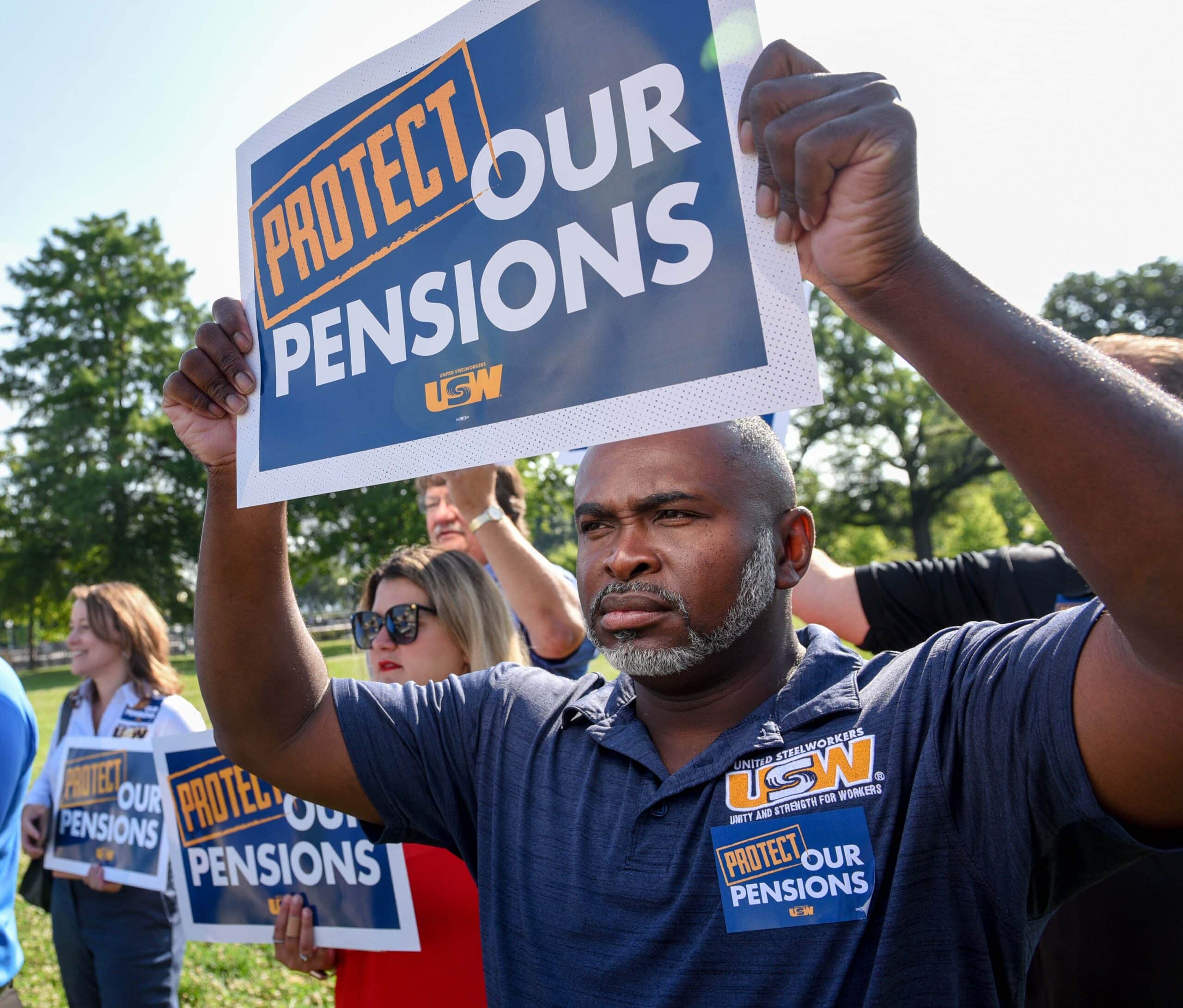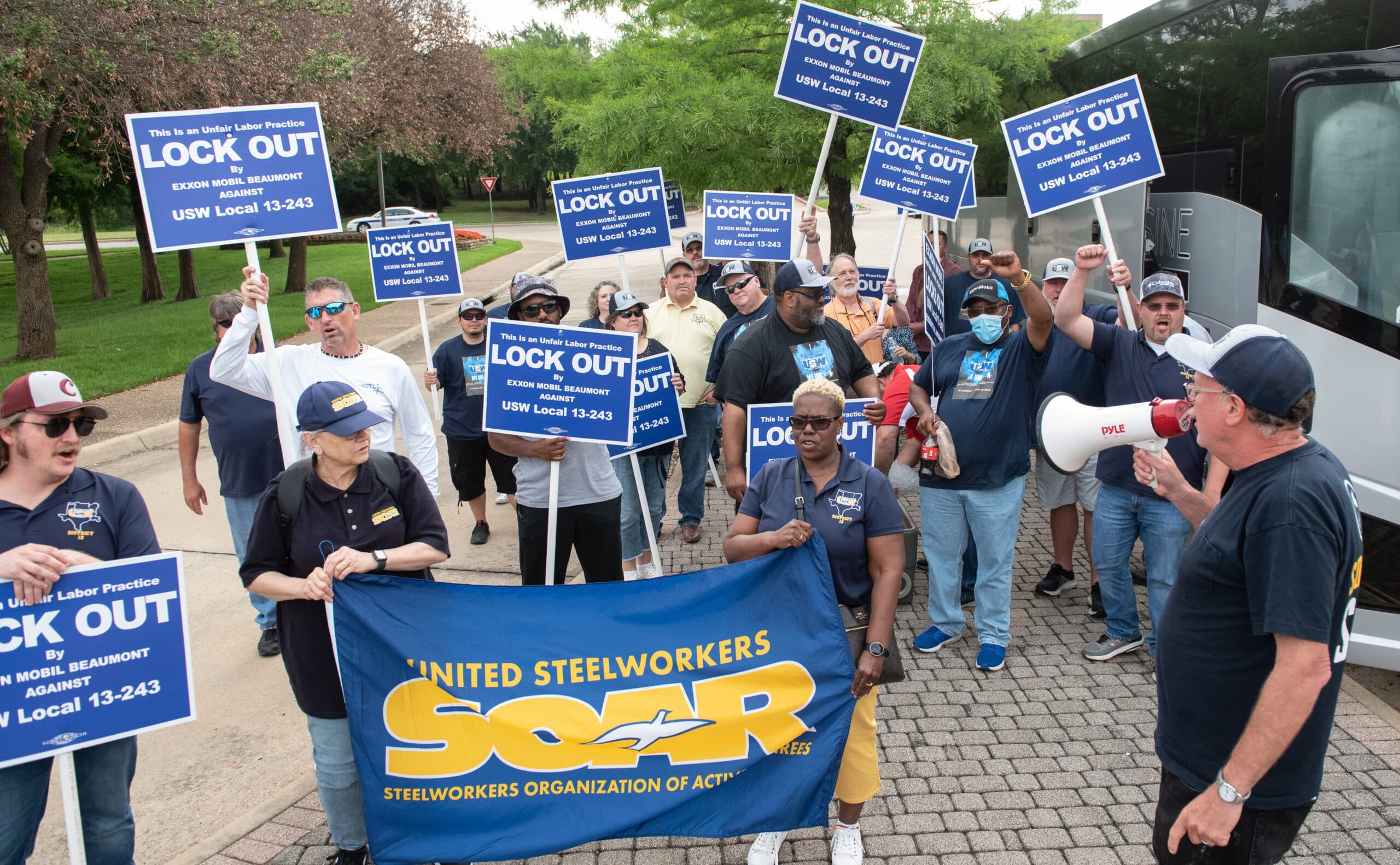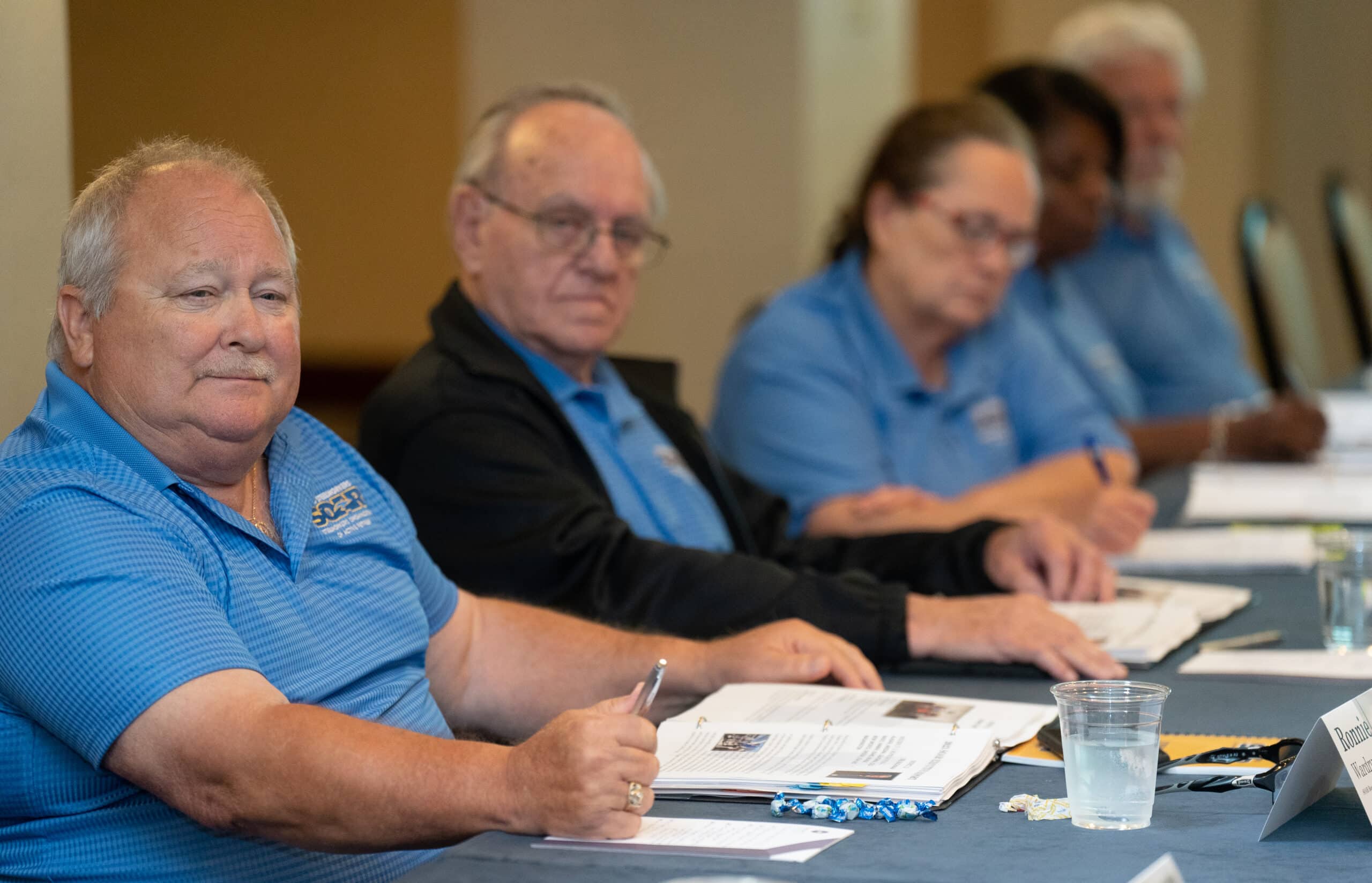SOAR Remembrance of USW President Leo W. Gerard
Featured News
There’s no doubt that our union is stronger when our retirees stay involved. Established in 1985, SOAR provides opportunities for Steelworker retirees to stay on the frontlines as activists, helping to advance the policies and programs working families need. This includes defending Social Security, Medicare, Steelworker pension plans, supporting bargaining, advocating on behalf of our veterans, maintaining other resources vital to retirees, spouses, and families and more. Membership is open to individuals aged 45 and over who want to remain active in our union and fight for working people.








Join SOAR
A critical branch of the USW, any individual age 45+ who agrees with and supports the guiding principles and programs of the organization and our union can join.

Julie Stein
Director, SOAR
Get Updates on SOAR
Want to Learn More?
See how the USW is making a real difference in our communities and our workplaces.



